What Should I Know About Casement Door?
Casement doors are a classic for the home, using that unique hinged design for them to swing open like traditional windows. They actually offer great ventilation with a tight seal once closed.

Casement doors come in various shapes and sizes. This allows them to be easily incorporated into different architectural designs. This makes them the most suitable option for enhancing a home's beauty or even improving the energy efficiency of a house.
Casement Door Materials
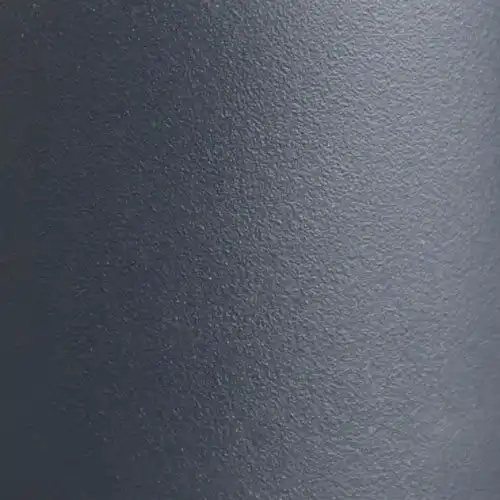
Aluminum

UPVC

Wood
1. Aluminum
Aluminum casement doors are very strong and durable. They do not corrode and do not require much maintenance. The slim look of the aluminum also boasts more glass with the least obstruction of incoming natural light.
2. UPVC
UPVC casement doors provide excellent thermal insulation and energy-efficient properties. The door reduces the heat transference ratio, hence maintaining a comfortable temperature inside all through the year. Besides, it is low maintenance and resistant to extreme weather conditions. This makes it the best door material for energy-conscious buyers.
3. Wood
Wooden casement doors are more vulnerable to damage than other door materials typically used. However, they are easily repairable and have better treatments, which can be done every so often. It is also possible to decrease the risk of pests if the wood is properly treated wood before use in casement doors.
Casement Door: Safety and Security
1. Lock Parts
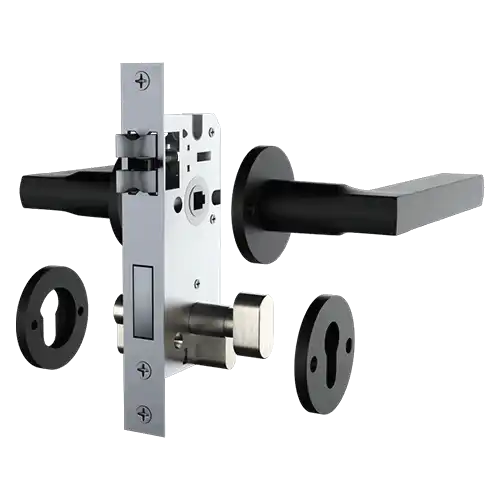
Multi-point locking systems are important for casement door security. They engage multiple locking points along the door frame. As a result, this will offer more resistance to forced entry. Also, good quality cylinders and handles add to the strength of the door.
2. Door Frame
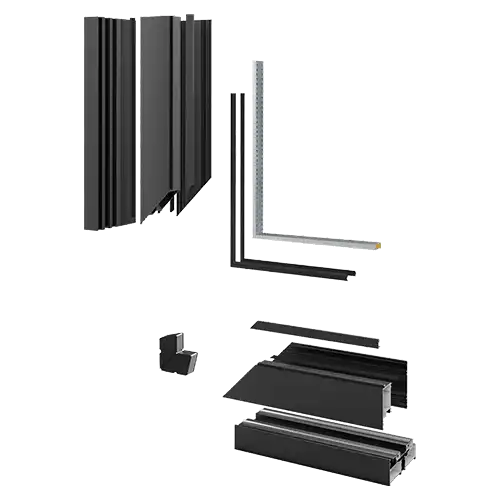
The door frame is an important constituent in the general safety of the house casement door frames are generally constructed from strong materials like aluminum or steel. This enhances its resistance to forced entry. A strong frame ensures increased security and long service for your casement door.
Sound and Thermal Insulation
Installing a folding door is a simple process that can be done in three steps.
Let's find out how casement doors from Wanjia give superb soundproofing and heat insulation.

1. Sound Insulation Performance
If you live in a noisy neighborhood and are disturbed by noise coming from a busy street, then the Wanjia casement doors are the perfect solution for you. These doors have high-quality sealing and multi-locking points, which is why noise does not easily penetrate the house.
Noise can also be reduced by double-glazing or laminated glass. Aluminum and UPVC rigid frame materials also reduce vibrations, thus making the environment inside the house very comfortable.
2. Heat Preservation
Wanjia casement doors feature advanced thermal insulation technology. These doors block the escape of warm air in the cold months. Moreover, they absorb warm air during summer.
The airtight sealing combined with the low-E glass increase the reflection and insulation properties. This further helps the house to be significantly more energy-efficient and, reduces the amount paid as utility bills.
Consider the Cost of the Casement Door
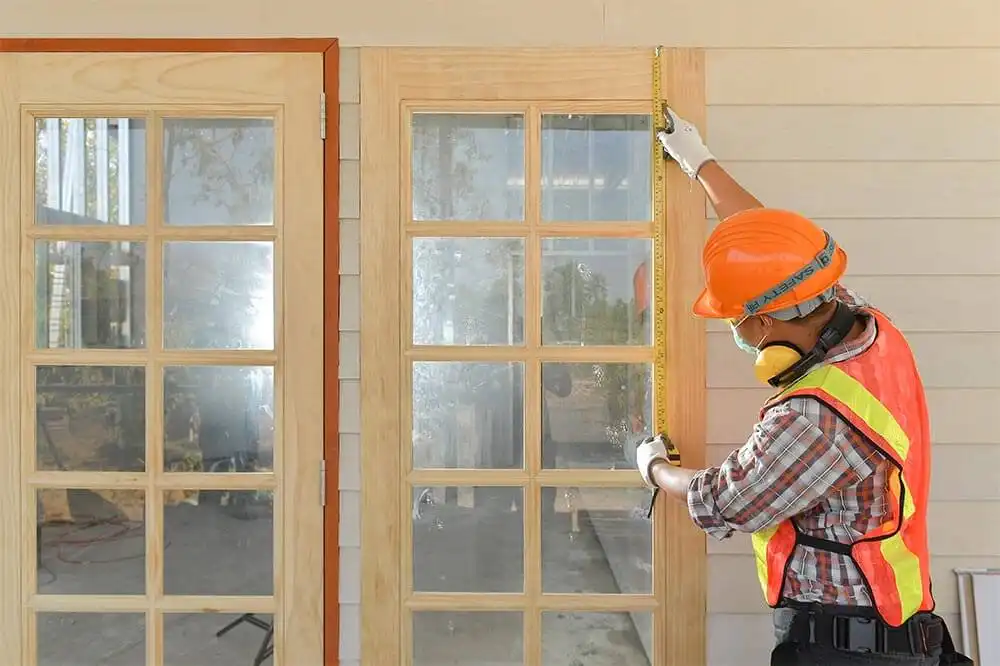
1. Cost
The price of the casement doors will greatly depend on the material and type of glass used, as well as some additional value features like locks and the insulation against heat. For the same, aluminum casement doors are more expensive as they are known for their durability and sleekness, and UPVC would be available more affordably. If the wood option is what you settle for, it will give the best classic look but then demand high-level maintenance, thus affecting the long-term costs.
2. Cost Effective Marketing
A high-quality casement door can be justified as cost-effective in the long term. Wanjia casement doors give very good long-term durability, insulation, and security. Therefore, relatively lower energy bills and maintenance expenses would be incurred. This, in combination with its long life and productivity, makes them a valuable addition for a home.
How to Install Casement Door?
The installation of a casement door appears to be a difficult job, but the right tools and gentle steps make it set strongly and functionally. A right installation, smooth operation, great durability, and preformed insulation. Here's how to install a casement door correctly.
Measuring tape, level, drill, screwdriver, hammer, chisel, and shims need to be in an assemblage before initiating the installation. Have the door hardware along with hinges and screws nearby. The right employment of these tools causes an accurate and error-free installation that does not compromise the stability of the door.
Install locks and handles in the new door as per the instructions that come with it. Some locks will come with especially drilled spots to fix them, ensure they are fixed as stated in the manual.
Finally, examine all screws, hinges, and locking components. Verify whether the door is properly sitting in the frame using a level. If required, apply some weatherproofing seals for better insulation.
How to Maintain the Long Lasting of the Casement Door?
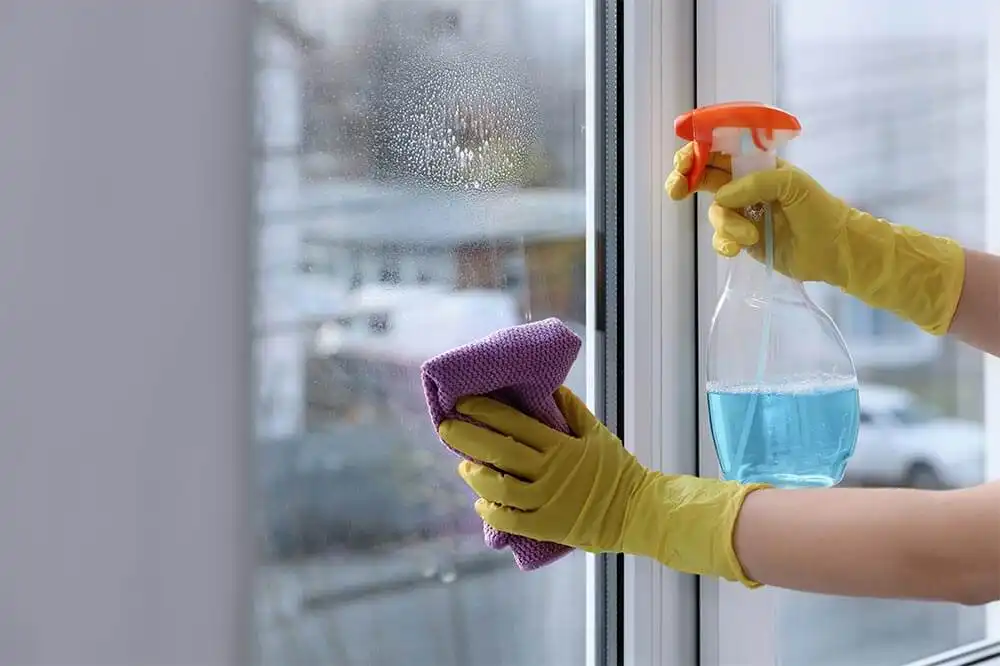
A casement door deserves appropriate care and maintenance. Without proper maintenance, various forms of damage will be evident that will affect functionality and lifespan. Here are six important guiding principles that will keep the casement door in good working condition for years to come.
1. Regular Cleaning
Check the door surface, hinges, and glass for dirt, dust, and grime, which have been found to accumulate, thereby affecting its appearance as well as its operation. Clean it on a regular basis with a soft piece of cloth using mild detergent. Avoid harsh chemicals since they may cause harm to the material used in making the door- most doors are either wood or UPVC. Occasionally wipe the hinges and locks to avoid dust buildup, as this would later inconvenience the easy running of the door.
2. Check Hardware Regularly
Make sure the hardware is dry. Hinges, locks, and handles, in particular, work best in the absence of moisture. As screws get loose and parts wear out with time, inspect the hardware every few months. Tighten where necessary and oil hinges and locks, which takes care of squeaking and allows for easy and noiseless opening and closing.
3. Maintain a Dry Environment Around the Door
The door has one common enemy—moisture. More specifically, the effect humidity or water has on it. When there is swelling, or rusting, or warping (for metal components), that is exactly it. To have a guaranteed protection of your casement door from water damage, the right thing to do is ensure proper ventilation and exploit the use of weatherproofing seals. Make sure condensation or spills are wiped dry.
4. Do not Overuse or Forceful Impact.
Forceful impact due to slamming the casement door shut can damage the hinges or door frame. So, you should be gentle with the door.
If it starts sticking, check to see if there is an alignment issue instead of forcing it shut. Things like these little bits of care are of course things that can avoid very expensive repairs in the future.
5. Inspect the Door Frame and Door Fit
Take a look at the alignment of the casement door. It should sit in place neatly without protruding gaps. Perhaps some weather stripping would warp or leak air, or think about how you would possibly be able to adjust the hinges to seal it back properly.
6. Periodic Painting or Waxing
After the paint job or even waxy wood, moisture and bugs can be kept at bay to some degree. Aluminum or UPVC doors may benefit from a protective coating because it may help prevent fading or discoloration. Besides improving the durability, keeping it looking new is also synonymous with keeping the door in good repair.
Adhering to the simple steps above is how you can increase the life of a casement door, keeping it fine and dandy for the years ahead.
2025 New Trends About Casement Door
Trends come and go, but ultimately, they aim to cater to the wants of the modern homeowner. In 2025, a substantial share of the latest trends will rotate around sustainability, smart techie, and minimalist aesthetic values. In 2025, the energy was slim but effective in its way. Advancements in glazing and frame materials are making for higher performance in thermal abilities.
Homeowners are increasingly looking for smart tilt-and-slide doors that will open and close by themselves, with systems that are built to ensure security during remote-control operations.
Minimalist designs with clean lines and large glass panes are in the market, letting in maximum natural light and bonding the indoor and outdoor spaces almost seamlessly. Therefore, these trends and our longing for such casement doors lead us not only to use the products for easy use and security but also contribute toward a more sustainable connected lifestyle.
In Summary
Casement doors are gradually becoming more popular in modern homes. Appreciation of the various materials enables property owners to choose the installation that will work best for them. The choice speaks the definition of their comfort.

Proper fitting and subsequent annual upkeep will guarantee that the doors do well and last long. With the growing demand in the market for doors, particularly with energy-efficient and sustainable designs, casement doors will prove to be one of the ideal choices for residential property now and in the future.
